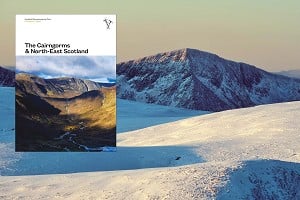
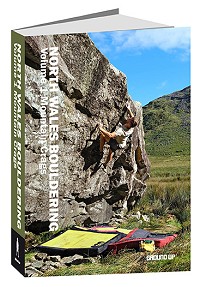
The 3rd Edition differs from the previous, because - due to the sheer volume of new problems being put up - the author, Si Panton, opted to split the mountains and coastal crags into two separate volumes, in order to make things more manageable. Given the fact that if the two were to be combined it would probably make the world's largest (and heaviest) guidebook, this was clearly the right decision; however, it does have its drawbacks. Some may wish for the full, comprehensive coverage and be happy to buy two separate guidebooks at £38.95 each, whereas others may not, instead preferring a 'greatest hits' approach that covers the best problems within the entire area. This could be something that Si will consider at a later date, but it's not what we're reviewing here, and this is by no means taking anything away from the massive achievement of getting this guidebook out - it's more of an observation of the dilemmas of a guidebook writer/publisher documenting an area undergoing an extremely fast pace of development. Where do you stop?
There are obviously a lot of new problems featured throughout. Often with new routes put up these days, I'd question how relevant they are to the vast majority of climbers, as they're either too hard or too esoteric to be of interest. It's a very different story with a lot of the new problems put up in North Wales, because the standard really is mind-blowing. Existing areas have been revisited, new areas have been discovered, and the quantity of stars alongside each is incredible. Due to the various restrictions that have been in place I (sadly) haven't been able to go over and visit any of these myself, but when I do here's a very quick list of a few that have stood out:
- Fachwen Boulders - previously a bit of a backwater, but last year's lockdown yielded 'Lockdown' and a series of other fantastic looking problems.
- Creigiau'r Garth - the developments of 2018 really put this area on the map, with a whole host of modern classics and several alarming-looking highballs being put up.
- Craig Y Hyrddod - as a lover of slabs, the full page spread of Pete Robins on Silence of the Rams was enough to spark my interest.
- Craig Las - it's amazing that after so many years of development boulders like this are still out there to find.
I could go on, as there are a whole host of other areas that are still on my hitlist from back when the 2nd Edition came out, but suffice to say that the psyche is brimming…
However, the benefits of the 3rd Edition go beyond the addition of new boulders and onto some relatively boring, but quite necessary updates and amendments. The most functional of these is the addition of an index. The absence of an index in the 2nd Edition made it quite an awkward guidebook to use if you didn't know where everything was. I moved from North Wales back in 2013, relinquishing my local status, and - as a result - became a less frequent user of the guide. As such, I found myself having to flick through the entire thing just to find what I was looking for, which was - let's say - something of a pain. The fact that this has been added for the 3rd Edition is a huge bonus (even if it is a fantastically dry point to make amongst the more sexy stuff).
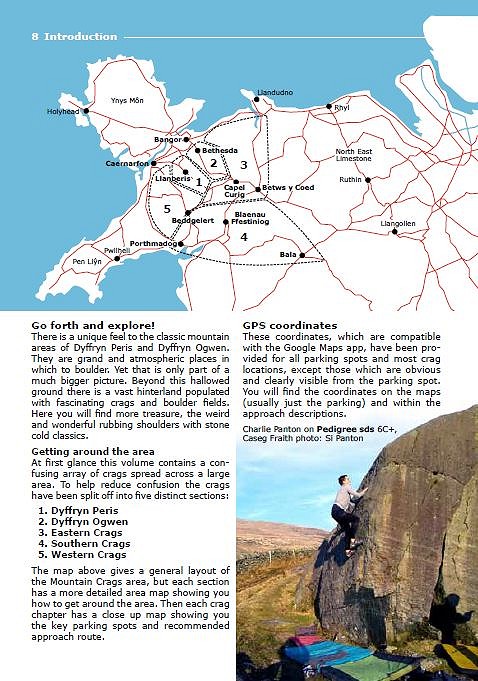
Continuing the practical theme, many of the maps and descriptions have received a tweak too, and a Crag Assessment Table has been added to the intro, which provides an overview of each of the areas. This will be invaluable to visitors, who are looking for knowledge on grade range, ease of parking, sun/shade, aspect, elevation, how quickly it dries, how sheltered it is, and so on and so forth. The final column outlines 'The Nature of the Beast', which provides an overview of what it's like.
Another fun feature is the addition of the Dirty Dozens, which should provide entertainment to the avid tickers out there. Within it are 12 lists of 12 problems covering a variety of gradients and styles, including walls, slabs, roofs, compression, cracks, aretes, grooves and dynos (just to name a few). It's fun things like this, and the extremely well-written and researched intro, that give the guide its character.
If this wasn't enough, there's a whole host of new and inspiring action shots to coax you out too (not that you'll need coaxing).
Summary
Whilst some will lament the loss of everything being in a single book, there's no denying that with so much development - and so many high quality problems - it's hard not to give them the space they deserve. Aside from the new problems there's a variety of other features in the guide, most notably the index, that make it a lot easier to use, and the Crag Assessment Table will be a blessing for first time visitors. One thing is for sure, when you pick up the 3rd Edition of North Wales Bouldering it's hard not to be struck by just how much of a labour of love it has been, and just how much effort has gone into compiling it.

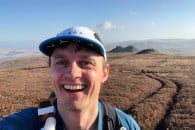

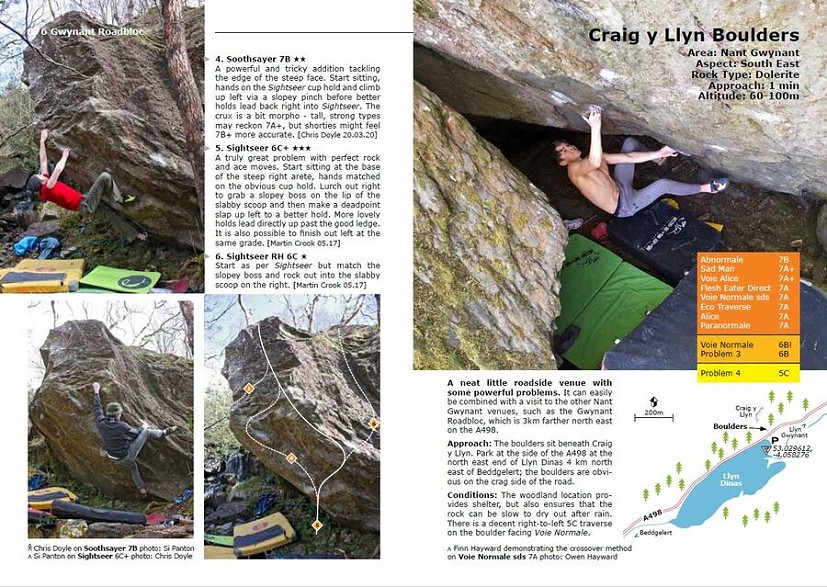
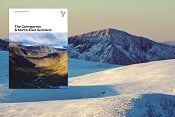
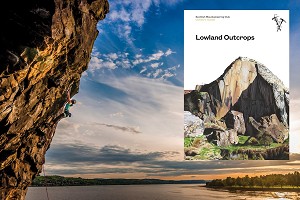
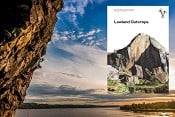


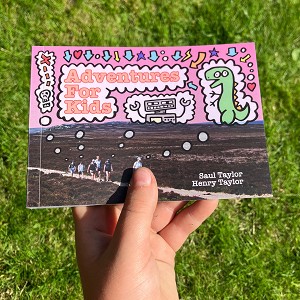
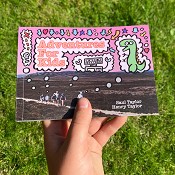
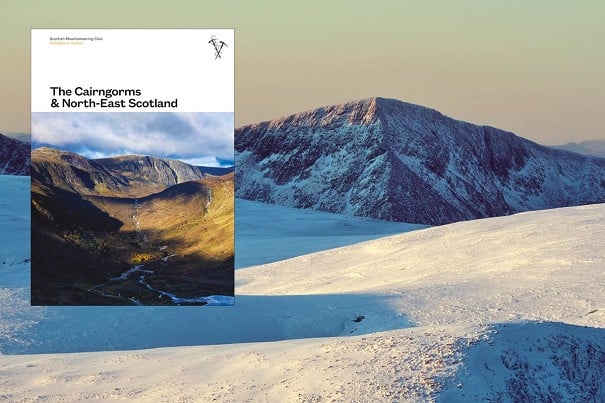
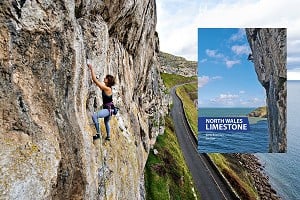
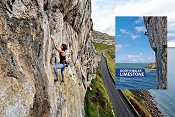
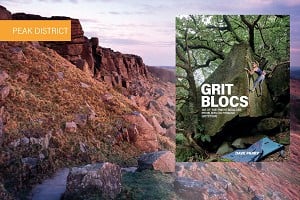
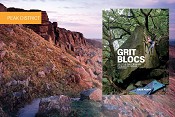
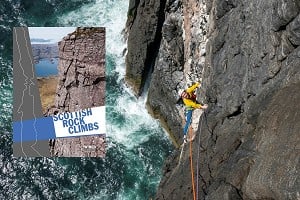
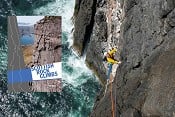
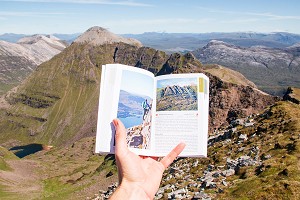
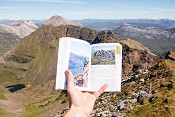
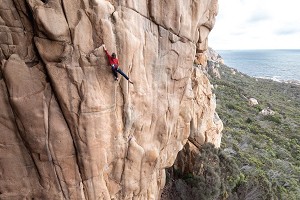
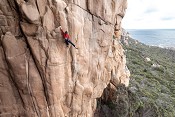
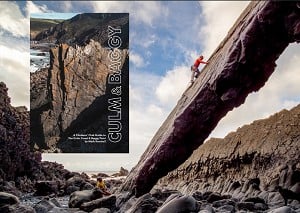
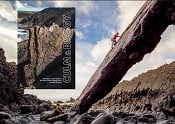
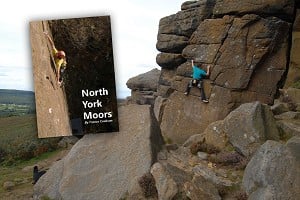
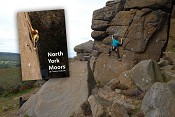
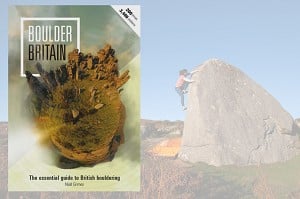
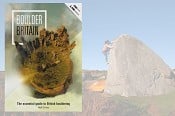

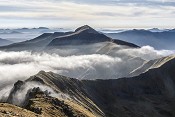
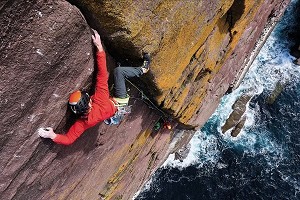
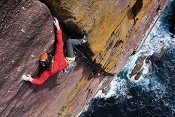
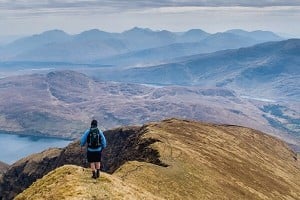

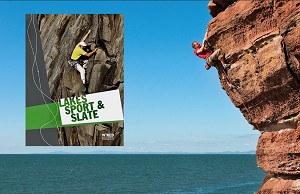
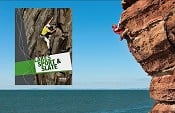
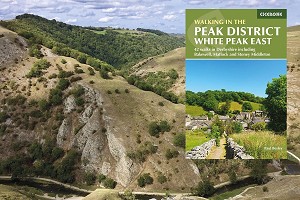

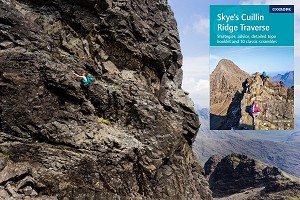
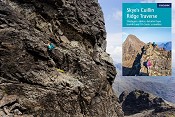
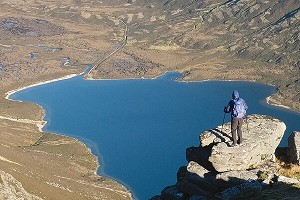
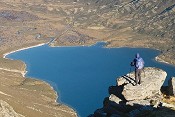
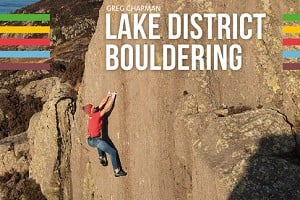
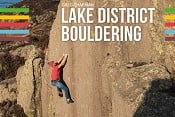
Comments